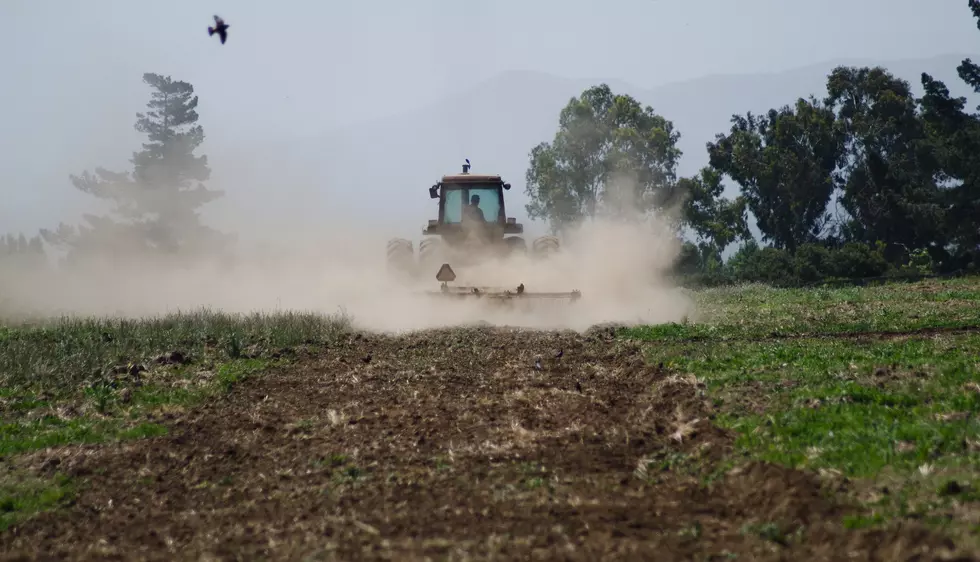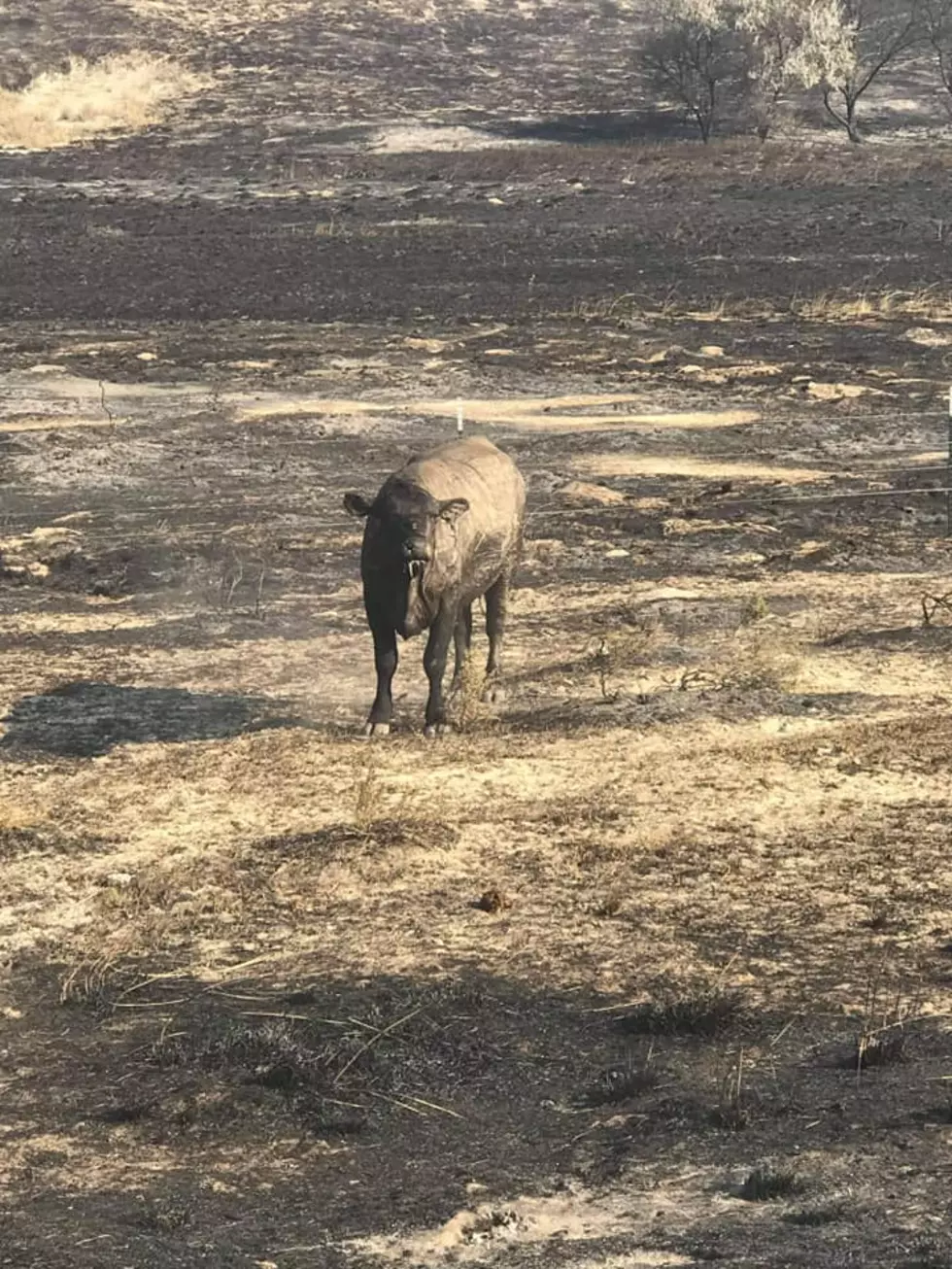
UI Study: Not Enough Controlled Burns Are Taking Place
According to a new study released by the University of Idaho, with the exception of the southeastern U.S., fire management agencies are not increasing the use of prescribed fires, which the school says play a key tool in preventing wildfires. The study, published earlier this week in the journal “Fire” evaluated data trends from 1998 to the present in the National Interagency Fire Center Situation Report Archives as well as historical wildland fire summaries, dating back to 2002.
“Prescribed fire has actually decreased over the last 21 years in the Western United States,” said Crystal Kolden, the study’s author and an associate professor in U of I’s College of Natural Resources. “This means that one of our best tools to reduce wildfire disasters is not being used.”
Prescribed fire, sometimes called controlled burning, is set intentionally usually during cooler weather for management purposes. The federal government’s National Cohesive Management Strategy, published in 2014, which was meant to guide the country’s wildfire management, pointed to prescribed fire as one of the most effective means to reduce fuel and mitigate the hazard of wildfire.
From 1998 to 2018, the use of prescribed fire increased about 5 percent each year. Nearly all of that increase, 98 percent, was in the Southeast U.S. — and most was not completed by the federal government. Of the major federal land management agencies, only the Bureau of Indian Affairs has increased prescribed fire use.
There’s a more widespread acceptance that prescribed fire and smoke is necessary to reducing wildfires in Southeastern states, Kolden said. The study indicates that the rest of the country has lagged in adopting prescribed fire.
“If we can’t figure out how to do more prescribed fire, we’re going to continue to see ‘megafires’ and wildfire disasters due to climate change,” Kolden said.
Wildfires, particularly in the West, have taken a greater toll in recent years, both in terms of dollars and human life. According to data from insurer Munich RE,wildfires caused more than $40 billion in damage in 2017 and 2018. Fatalities among civilians are also increasing. Over the past four years, more than 200 civilians died from California wildfires.
“Civilians never used to die in wildfires,” Kolden said. “These are the sort of tragedies that prescribed burning can help prevent.”
Kolden’s research focuses on analyzing how wildfire works across large landscapes, and she is leading a multidisciplinary project to help Northwest states better predict and recover from wildfire. She is part of a team of researchers at U of I who are studying wildfire and its impacts.
If you have a story idea for the Washington Ag Network, call (509) 547-1618, or e-mail gvaagen@cherrycreekradio.com
More From PNW Ag Network









